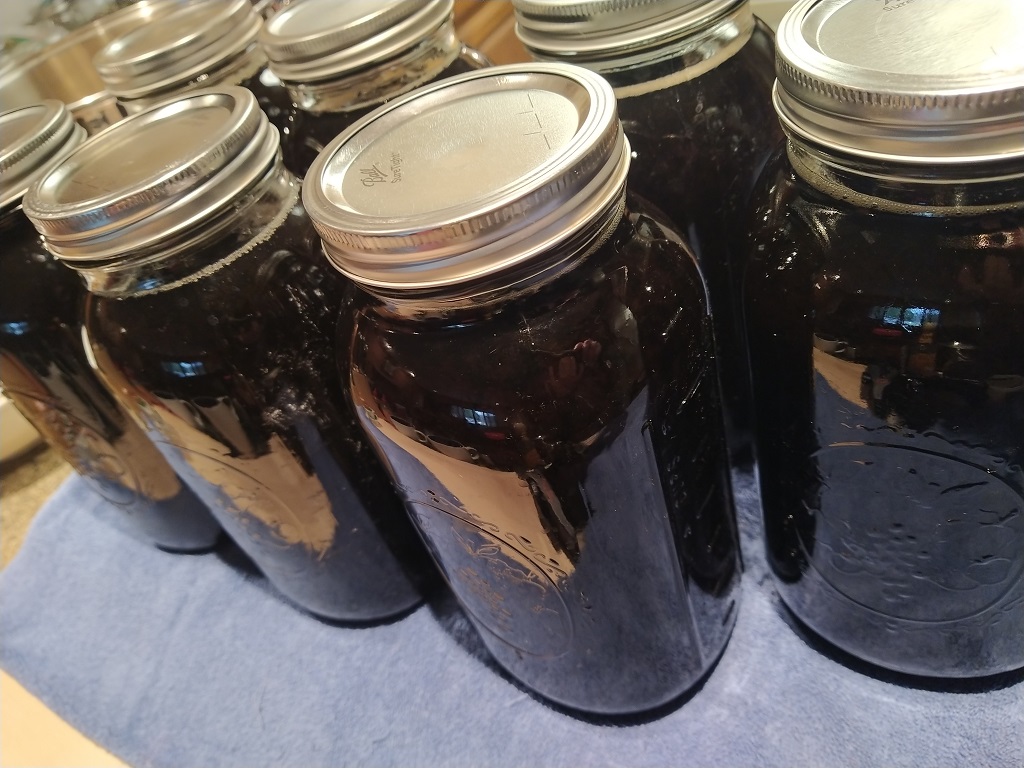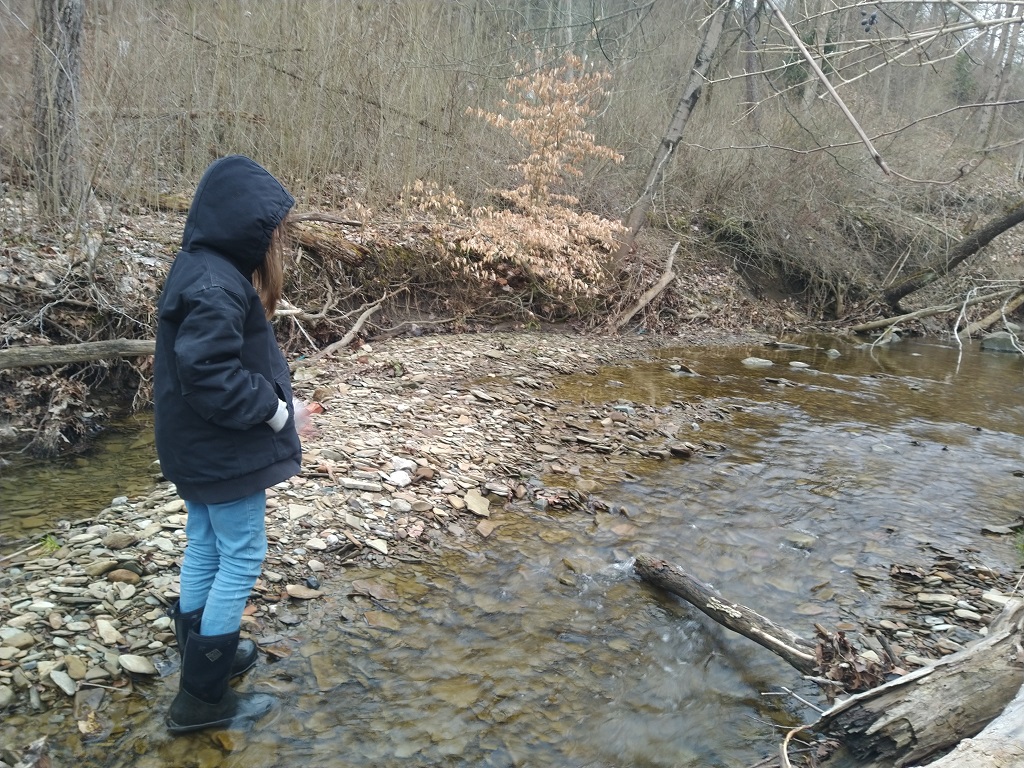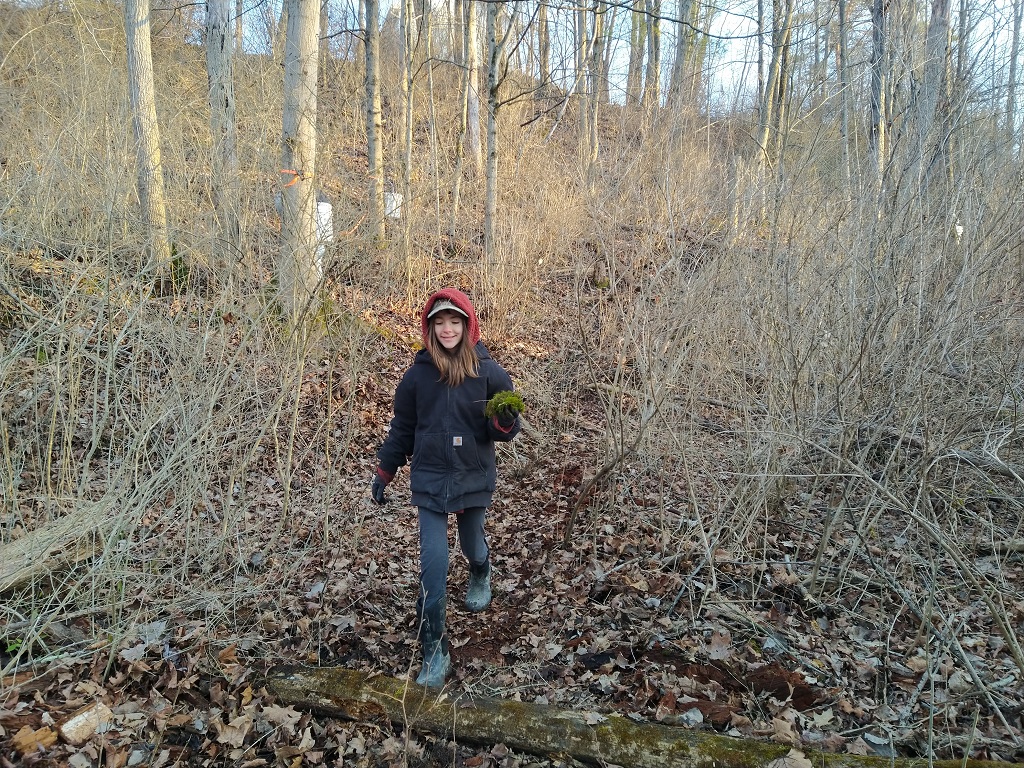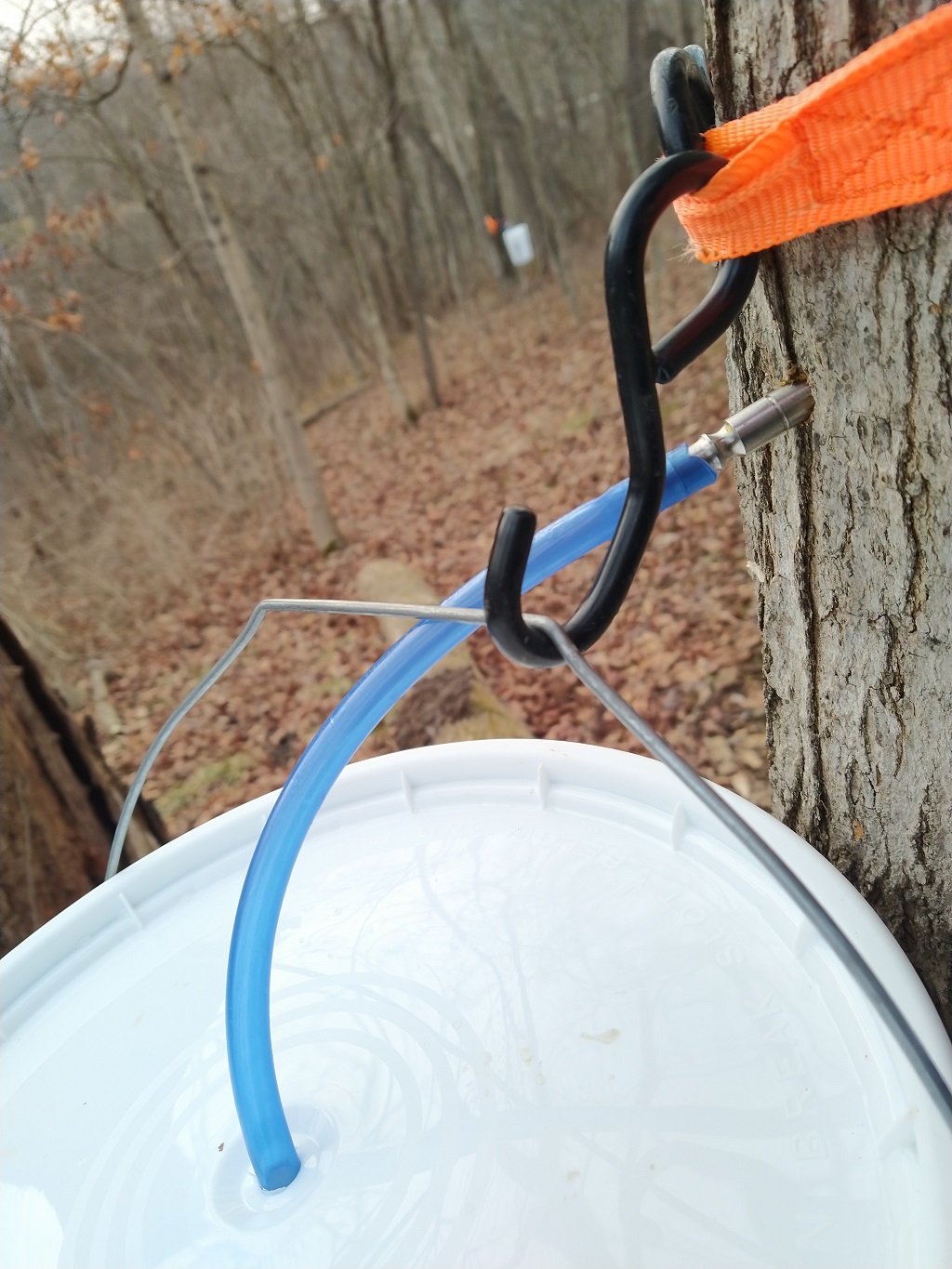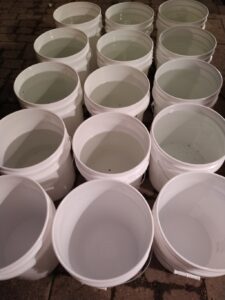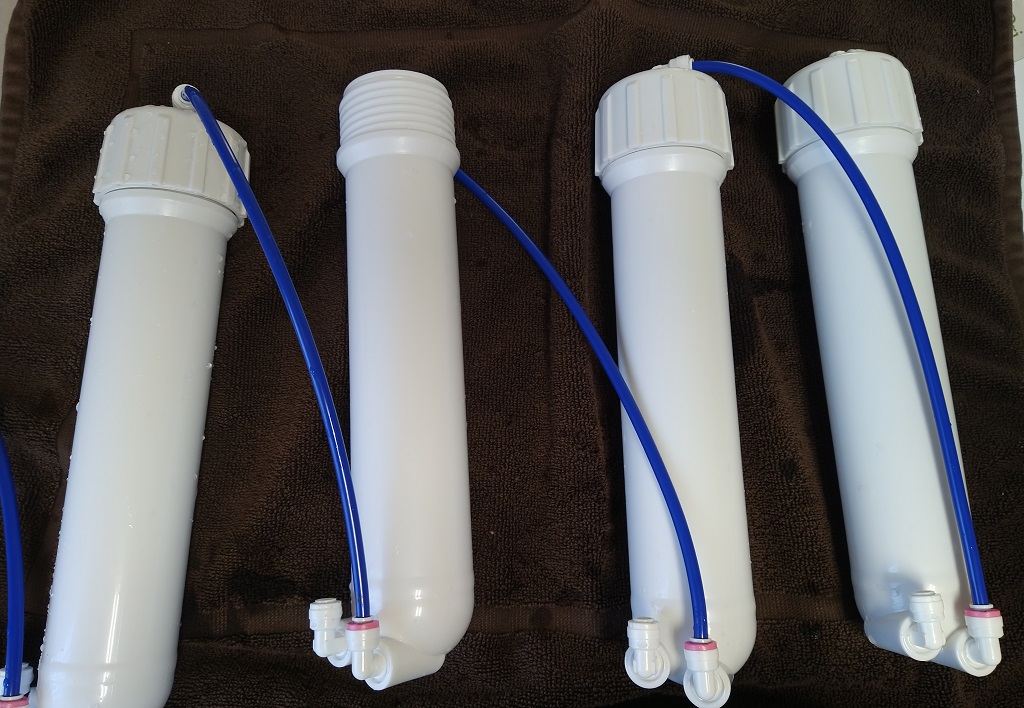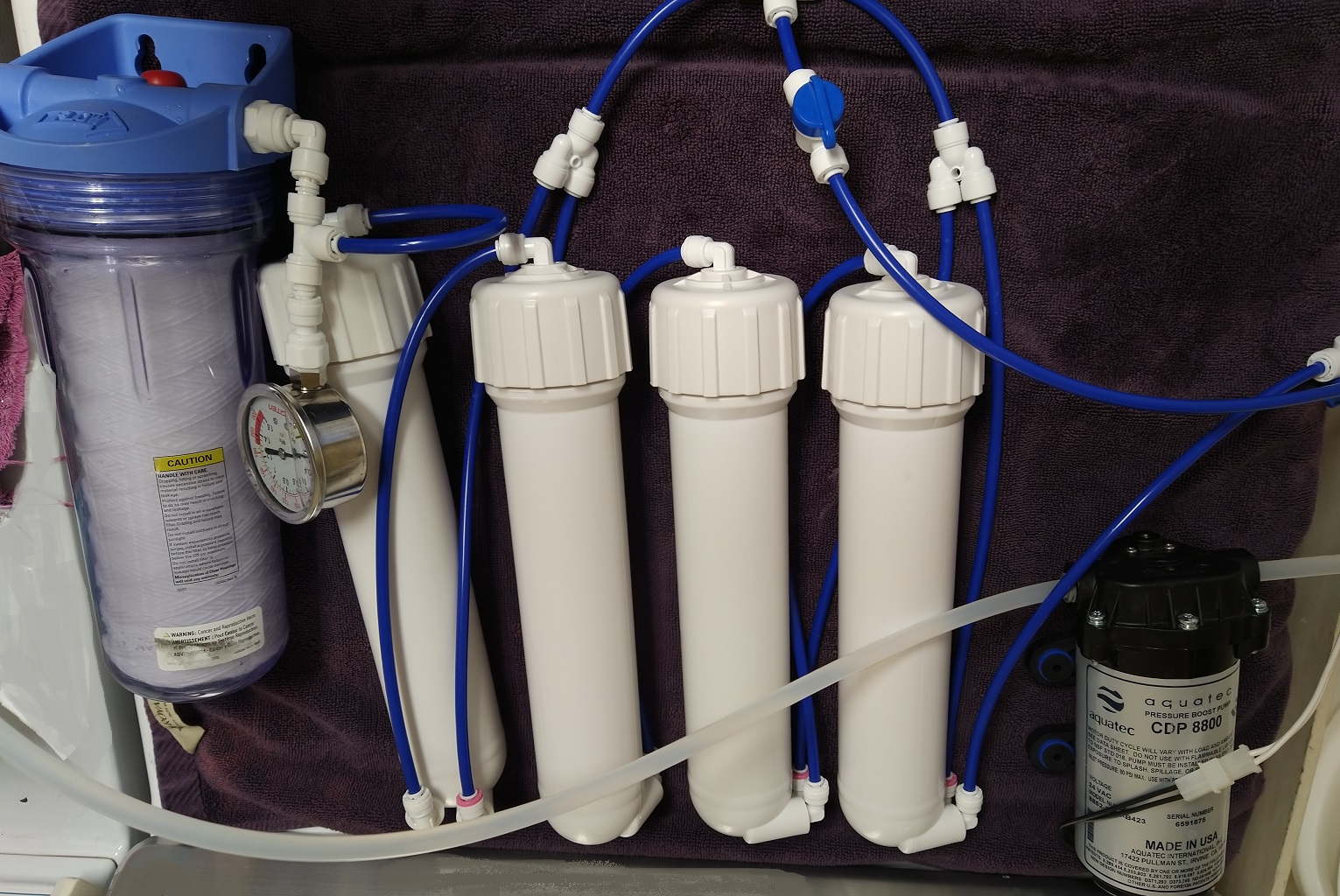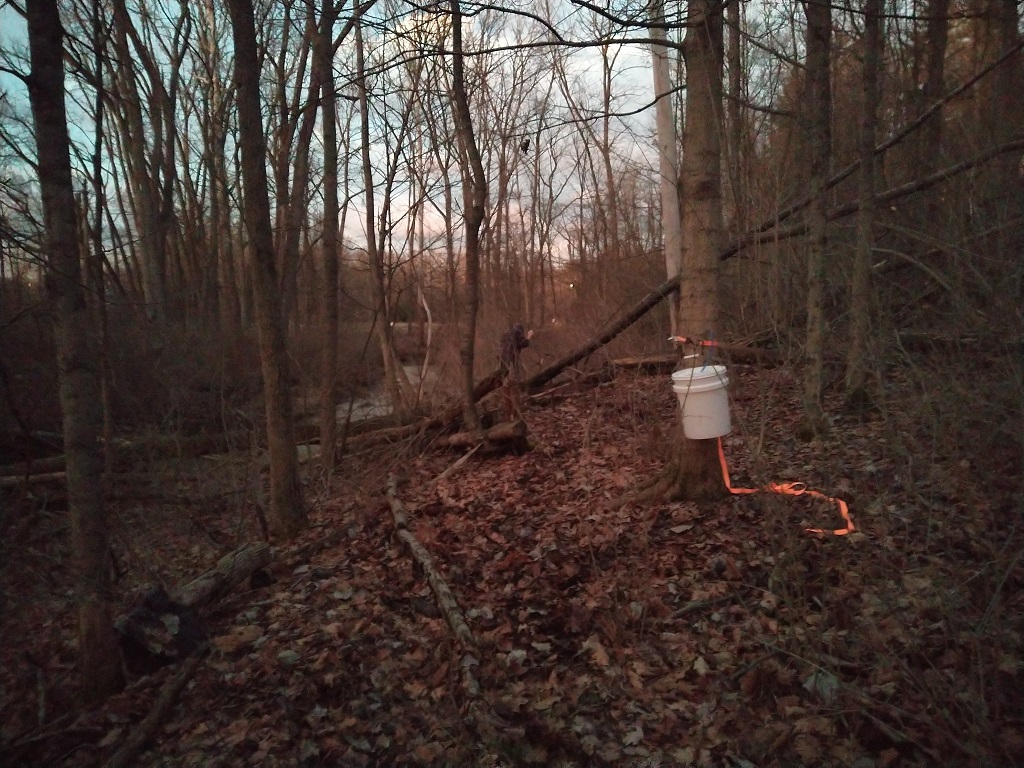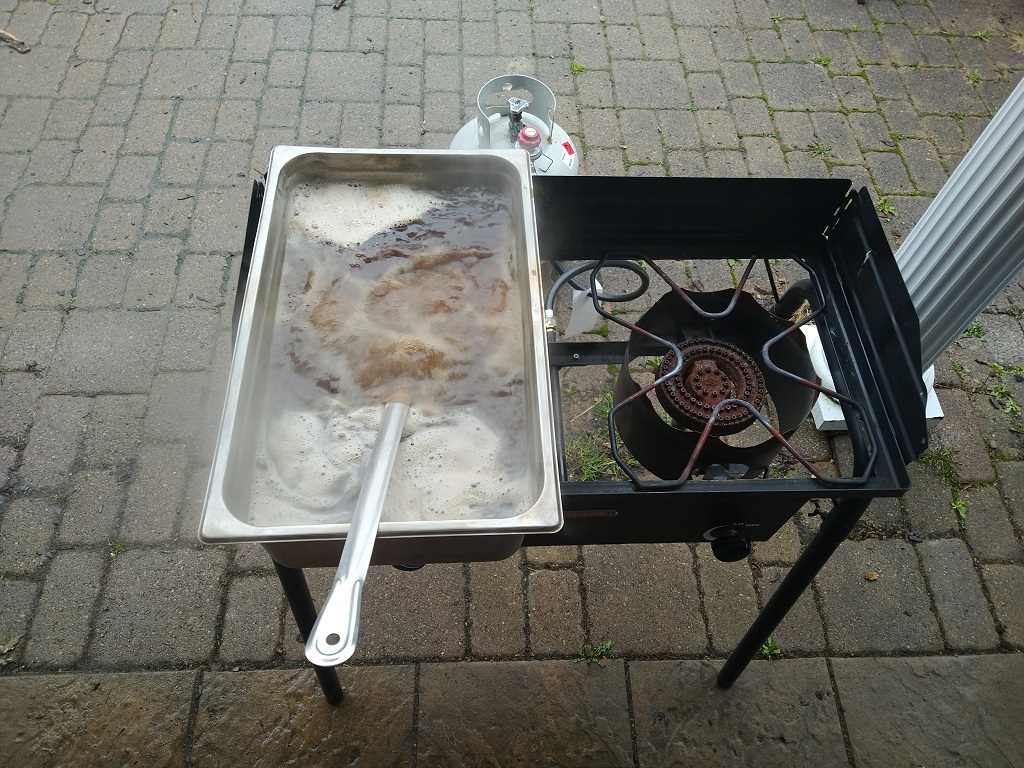We used our DigiBoil 65L 240V pot to finish the sap since it’s quick to remove from the heat once the syrup is ready (and it’s got a spigot that makes emptying the pot easier). This also gave us a good picture of how long the DigiBoil is going to take to boil wort when we’re making beer. Yesterday, with temps in the upper 30’s, it took about 1h50m (basically two hours) to boil 10 gallons of concentrated sap. Today, with temps in the upper 40’s, it took about 50 minutes to boil 7 gallons of concentrated sap.
Sunday 05 March 2023
15:44 59F
16:40 167F
17:17 203F
17:34 208F and rapidly boiling
1h50m to boil.
Flamed out just after midnight
Monday 06 March 2023
09:43AM – 68F turned on 500W
09:50AM – Turned on 2nd switch
09:56AM – 111F – turned on 3rd switch
10:32AM – 7 gallons is now boiling
About 50 minutes to boil.
Maple flame out at 2:34PM
Bottled, we have 3.5 gallons of maple syrup from our first run
